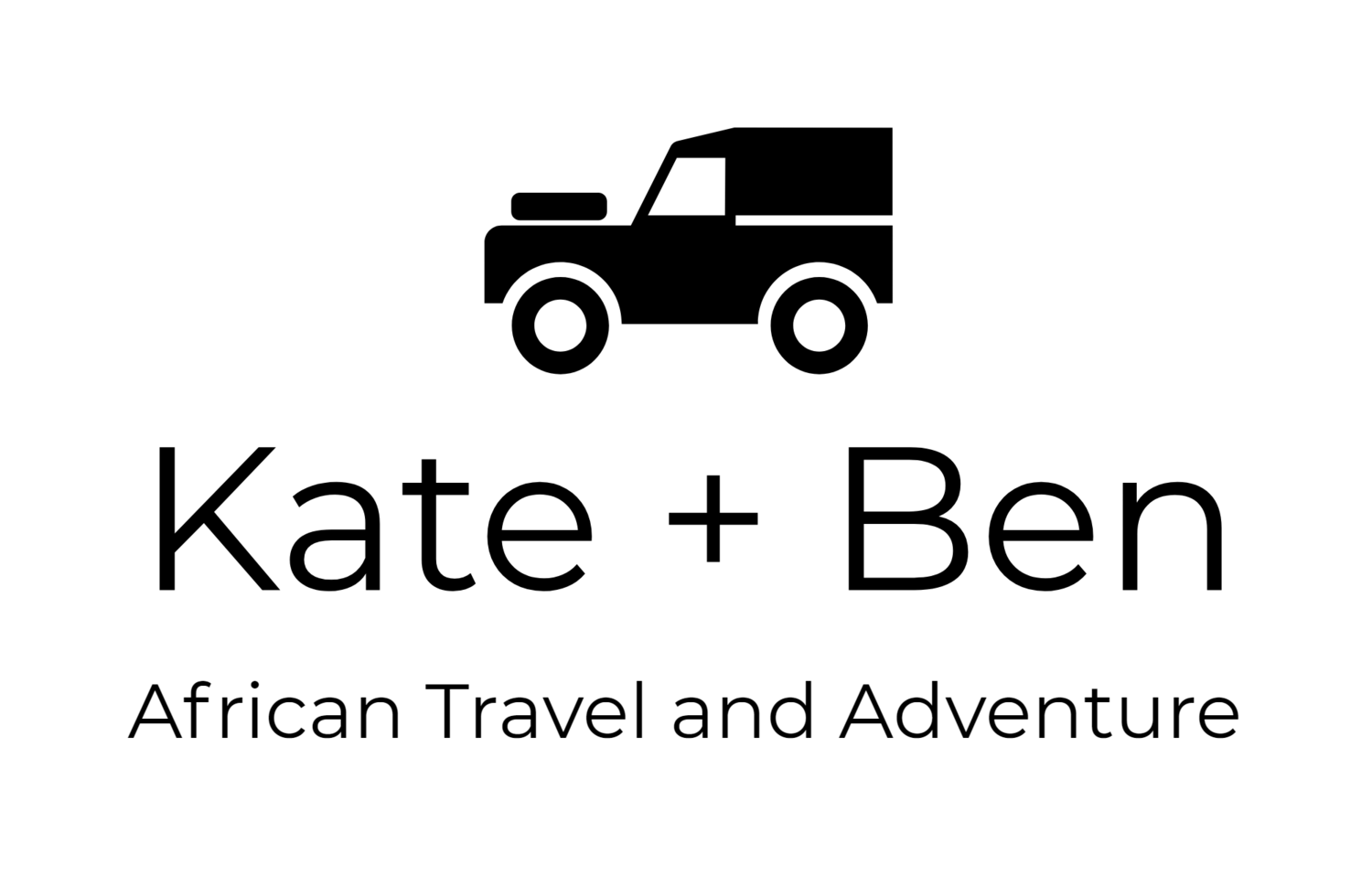South Camp at Nxai Pan National Park
This is post three from our trip through Botswana. Make sure to catch up on our earlier posts about Central Kalahari Game Reserve and Khumaga.
Our sightings at Khumaga had been so fantastic (Elephant swimming across the Boteti river! A male lion on a zebra kill! A jackal fighting off 40 vultures!) that we had our doubts about moving on.
We didn’t know if we would find a campsite further north in the Nxai National Park (or if the viewing would be as exciting) but we decided to push on anyway.
We broke camp quickly. Kate sorted out the tent: collapsed the stretchers, rolled the mattress, folded the linen and repacked the bags. Ben sorted out the camping chairs and table, repacked our boxes and started packing Jolene.
Lion at a kill at Khumaga
With our car packed we opened the map on the bonnet and plotted our route. We decided to head north towards South Camp and see if we could get a campsite. We knew there would be water so we ditched a couple of 5 litre bottles, which provided much appreciate leg room for Kate.
We hopped in Jolene and took the road towards the north gate of the Makgadikgadi National Park. We passed the zebra kill again and had a peak. It was almost completely stripped bare by the vultures. What had two hours before been a red and pink carcass was now bones and dried brown flesh. A few vultures were still hanging around in the nearby trees and flew off as we drove by. The two jackals had long moved on - to shady sleeping spots, we imagined, as they must have had full tummies.
The road north was more of the same - sand, sand and more sand (Ben: Kate was asleep for this bit so she can only assume.) As we approached the gate we began to speculate about the possibility of ice. It had become the thing of fantasy for us. Where can we get it? How long will it last? How much are we willing to pay for it? Answer: much more than it was worth.
We reached the gate and the receptionist, Becca, started the checkout process. We signed the forms, chatted about recent sightings and bought ice-cold Fanta Oranges.
“Do you have ice?” we asked. She smiled and disappeared around the back of the building. She emerged a few minutes later with a couple of 2 litre frozen water bottles. We could have kissed her.
We repacked the cool box - positioning gin and tonic supplies next to the ice - and hit the main road.
About 15 kilometres later we arrived at the entrance to Nxai National Park. We booked a campsite for the night at South Camp and hit the sand again. (There’s only so much we can say about the sand. It’s tough going.) We had a dicey moment when Ben hopped out for a quick pee and the car started sinking. Sticking Jolene the Jimny into low range and reversing saved the day.
We arrived at the reception to find an elephant trunk-deep in an underground water tank. He emerged every few minutes to check on the cars coming and going.
The reception has an impressive shop! It's not cheap but there is an amazing selection of supplies and (importantly!) booze. After four days of low rations we stocked up on cold drinks and packets of chips.
After signing in we headed to South Camp. It’s a well equipped campsite but not our sort of place. The campsites are very close together. It doesn’t have the feel of a wilderness camp but you will regularly have elephants wandering past your tent.
The toilets are protected by electric fences, metal spikes embedded in concrete and locked gates. This is to keep the elephants from breaking down the building to get to water pipes.
We relaxed during the afternoon and then headed off to a nearby waterhole with a bottle of wine. We arrived just as the sun began to set and sipped Chardonnay while about 20 elephants jostled for the water.
Sunset at the watering hole.
The next morning we were up early and headed off in search of cheetah. We didn’t have any luck, though. The highlight of our drive were two bat-eared foxes curled up together in the morning sun.
Our next stop was a night at the legendary Baine's Baobabs - a camp on tree islands in the middle of a salt pan.













